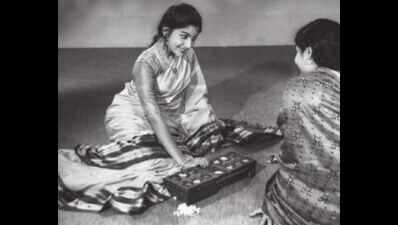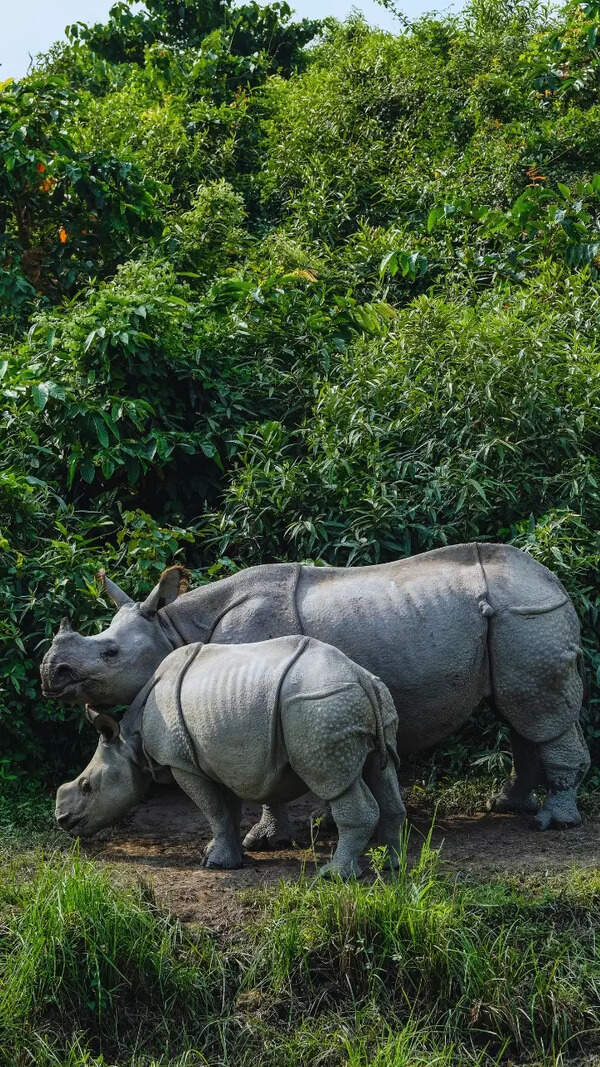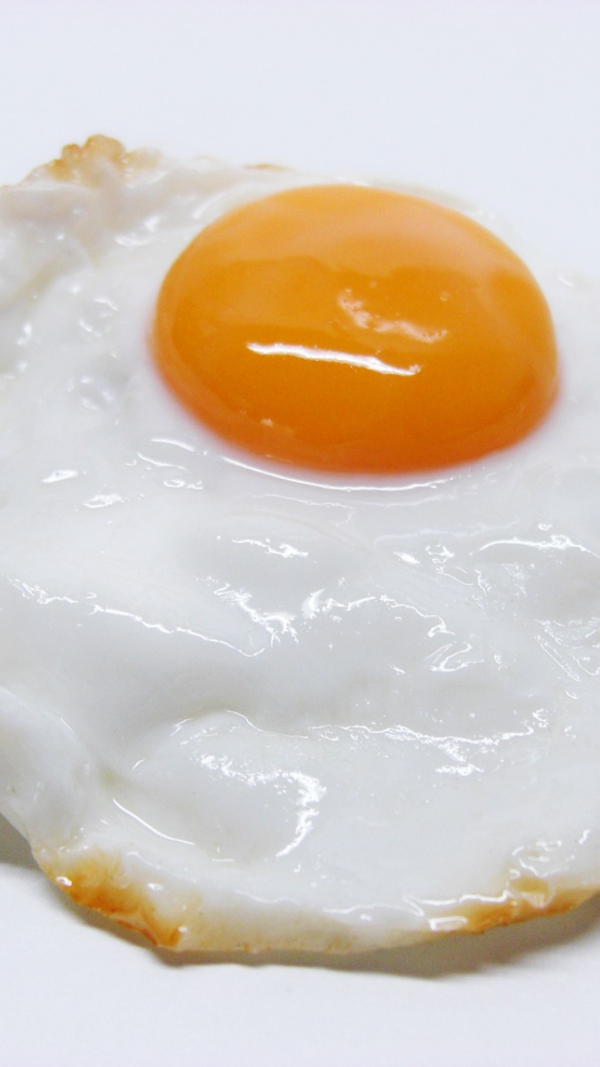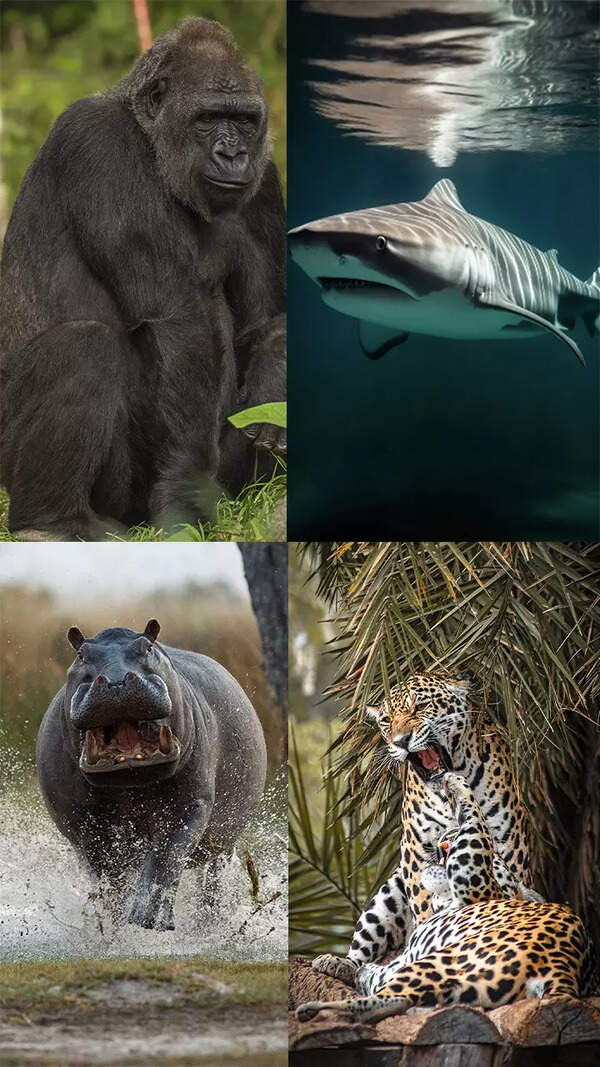- News
- City News
- chennai News
- Jayalalithaa was a rare crossover heroine
Trending
This story is from December 6, 2016
Jayalalithaa was a rare crossover heroine
Jayalalithaa, 68, was a Brahmin. Anti-Brahminism was the bedrock of the Dravidian movement that sought to demolish the social hierarchy. But she dispelled notions of casteist superiority by reaching out to the oppressed.

Jayalalithaa, 68, was a Brahmin. Anti-Brahminism was the bedrock of the Dravidian movement that sought to demolish the social hierarchy. But she dispelled notions of casteist superiority by reaching out to the oppressed.
South of the Vindhyas, a handful of film personalities have made it to the top in politics; some even had a cult following.

However, the manner in which Tamil film personalities held sway over a people perhaps has no parallel. This was chiefly because the DMK used films to propagate its core ideology — upliftment of the downtrodden. DMK founder C Annadurai and his successor Karunanidhi, both of whom led governments, saw the power of the medium and used it effectively to connect with the people. M G Ramachandran (MGR) dominated the Tamil film industry and was revered by millions, a following he carried into the political arena and later launched the AIADMK.

Taking the cue from these stalwarts, many film stars with a sizeable fan base too entered the political field. Shivaji Ganesan, who virtually ruled Tamil cinema for decades, dabbled in politics, but never made it big. It was no different for Karthik, a popular actor. Vijayakanth, who had a chequered career in cinema and a mass following, formed the DMDK and did make inroads into the political arena, but with limited impact. Rajinikanth, who has a cult following akin to MGR’s, let wiser counsel prevail and gave politics a wide berth.
It was Jayalalithaa , a successful yesteryear film star, who made it to the top after Karunanidhi and MGR. Her achievement is all the more remarkable considering the odds she had to overcome. Everything she represented seemed to go against the mores of a largely conservative, patriarchal society rooted in Dravidian ideology.
Jayalalithaa had beauty, brains and outstanding histrionic talent , but raised quite a few eyebrows when she became the first woman in Tamil cinema to don skirts and swimming costumes. Notwithstanding her popularity, reservations were expressed over being led by an "actress".

It was ironic that the upholders of lofty feminist ideals of E V R Periyar, founder of the Dravidian movement, had qualms about accepting a woman as their leader. It was no mean feat for Jayalalithaa to get a foothold in the AIADMK that she joined in 1982. Only after her mentor MGR ordered his cadre to accord her due respect that she rose through the ranks and eventually took over the mantle after his death. Hypocrisy and sexism were seen in their most shocking form in the Assembly on March 25, 1989 when Jayalalithaa, who was the opposition leader, was manhandled by DMK legislators amid violence and pandemonium.
Jayalalithaa, 68, was a brahmin. Anti-brahminism was the bedrock of the Dravidian movement that sought to demolish the social hierarchy. But she dispelled notions of casteist superiority by reaching out to the oppressed. The welfare schemes she introduced gained nationwide, even global attention. Says Uma Vangal, faculty at LV Prasad Film & TV Academy, "She consolidated the image of a champion of women in her first stint as CM through her cradle baby scheme, girl child adoption, all women police stations and 30% quota for women in all police jobs and paving the way for all women establishments."
An iconoclast that she was, Jayalalithaa did shatter the glass ceiling. Perhaps it was for this that her followers, nay devotees, called her ‘Puratchi Thalaivi’ (revolutionary leader).
Pay your tributes to Jayalalithaa here
End of Article
FOLLOW US ON SOCIAL MEDIA






